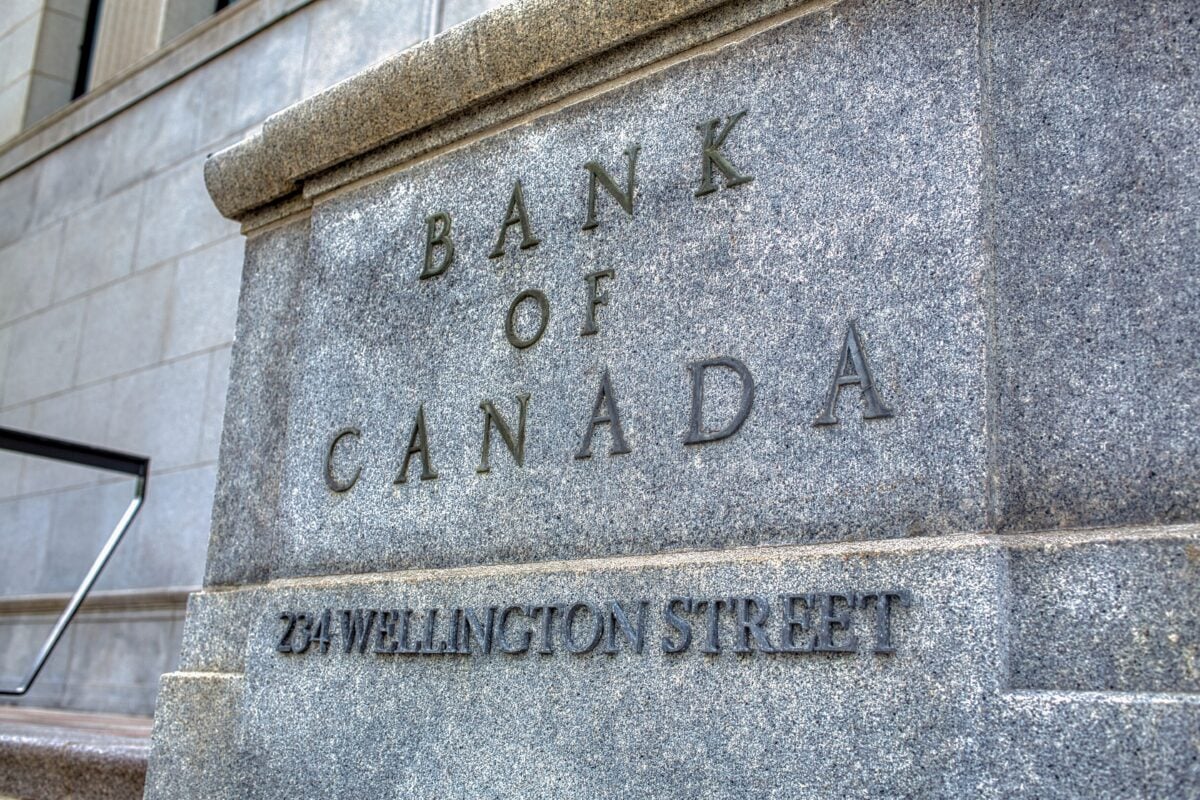TLDR
- Bank of Canada calls for urgent stablecoin rules to keep pace globally
- Stablecoin use soars, Canada lags in regulation, warns central bank
- Canada risks falling behind as stablecoins reshape global payments
- Stablecoins surge; Bank of Canada pushes for modern rules and safety
- Bank of Canada urges fast action on stablecoin oversight and trust
Canada’s central bank has renewed its push for stablecoin regulation to maintain competitiveness in the evolving global financial system. The Bank of Canada emphasized this during the Chartered Professional Accountants conference, highlighting urgent action needed. As other nations advance regulatory frameworks, Canada risks falling behind without swift modernization of its payment ecosystem.
Stablecoins Gain Momentum Amid Rising Global Usage
The Bank of Canada recognized the rapid growth of stablecoins in cross-border payments and commercial use. Daily stablecoin transactions now total approximately US$2.7 billion, with annual usage near US$1 trillion. Despite this, stablecoins remain largely outside traditional regulatory systems in Canada.
This lack of oversight raises concerns about consumer protection, financial stability, and systemic risk. Stablecoin regulation can reduce volatility and increase safety by pegging tokens to fiat currencies. As international examples grow, Canada faces pressure to catch up with frameworks already adopted in the U.S. and Europe.
Private-sector developments are accelerating stablecoin adoption in Canada. Shopify has added stablecoins as a standard payment option. Moreover, a Canadian fiat-backed stablecoin is set to launch in 2026, led by Tetra Digital Group and other partners.
Call for Action on Regulatory Frameworks
The Bank urged federal and provincial authorities to establish a national policy for stablecoin regulation. This step is critical for ensuring safety while enabling innovation in payment services. Without regulation, consumers face liquidity risks and lack the protections standard in traditional finance.
Cryptoasset oversight falls under provincial securities laws and federal anti-money laundering provisions. The Bank suggested these are not enough to manage growing stablecoin usage. Establishing a federal regulatory model could ensure these digital assets match the reliability of bank deposits.
International efforts, including those by the Bank for International Settlements (BIS), support integrating stablecoins into regulated systems. The BIS also warned of the potential misuse of unregulated stablecoins. Aligning with these recommendations, Canada could better position itself in the global economy.
Modernization of Canada’s Payment System
Canada’s payments infrastructure is transforming, though progress has been slow. The upcoming Real-Time Rail system aims to speed up transactions and promote innovation. The 2024 Consumer-Driven Banking Act marked a key legislative step forward.
Experts and industry leaders continue to call for broader changes. Many demand immediate implementation of open banking, digital ID, and real-time payments. Surveys show business leaders believe Canada’s competitiveness will erode without modernized financial systems.
Stablecoin regulation plays a central role in this modernization. It not only supports safer payments but also encourages fintech innovation. Coordinated regulatory efforts can provide stability while boosting economic resilience.
Bank of Canada’s Expanding Role in Oversight
Under the Retail Payment Activities Act, the Bank of Canada now supervises nearly 1,500 payment service providers (PSPs). This role includes ensuring risk management and safeguarding user funds. Registration requirements and reporting obligations are now in effect for PSPs.
This supervisory expansion gives PSPs potential access to Canada’s core payment systems. As a result, more competition and consumer choice are likely to follow. This model lays the groundwork for safe and scalable innovation across the country.
The Bank also collaborates with the BIS Innovation Hub in Toronto to explore emerging technologies like AI and tokenization. These efforts aim to equip Canada’s financial system with tools for long-term efficiency and trust.






